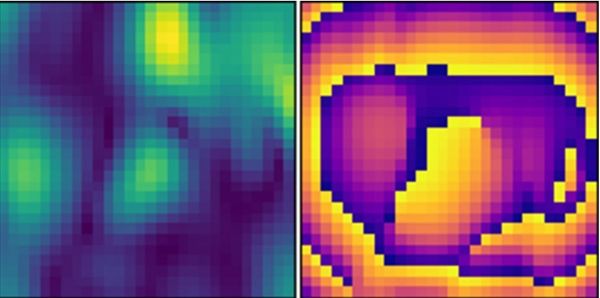Engineers from Duke University and the Institut de Physique de Nice in France have developed a new method to identify objects using microwaves that improves accuracy while reducing the associated computing time and power requirements.
The system could provide a boost to object identification and speed in fields where both are critical, such as autonomous vehicles, security screening and motion sensing.
The new machine-learning approach cuts out the middleman, skipping the step of creating an image for analysis by a human and instead analyzes the pure data directly. It also jointly determines optimal hardware settings that reveal the most important data while simultaneously discovering what the most important data actually is. In a proof-of-principle study, the setup correctly identified a set of 3D numbers using tens of measurements instead of the hundreds or thousands typically required.
The results appear online on December 6 in the journal Advanced Science and are a collaboration between David R. Smith, the James B. Duke Distinguished Professor of Electrical and Computer Engineering at Duke, and Roarke Horstmeyer, assistant professor of biomedical engineering at Duke.
Read more at Duke University
Image: An example of a wave pattern (right) and its intensity levels (left) developed by the machine learning algorithm to best illuminate the most important features of an object being identified. (Credit: Mohammadreza Imani, Duke University)


